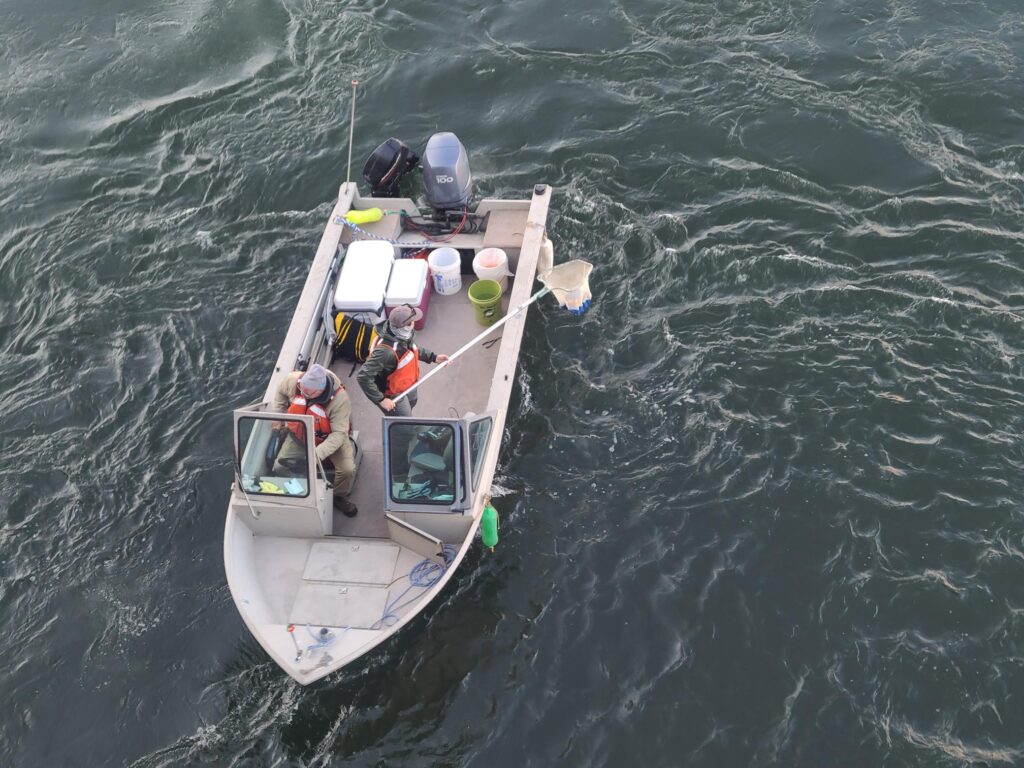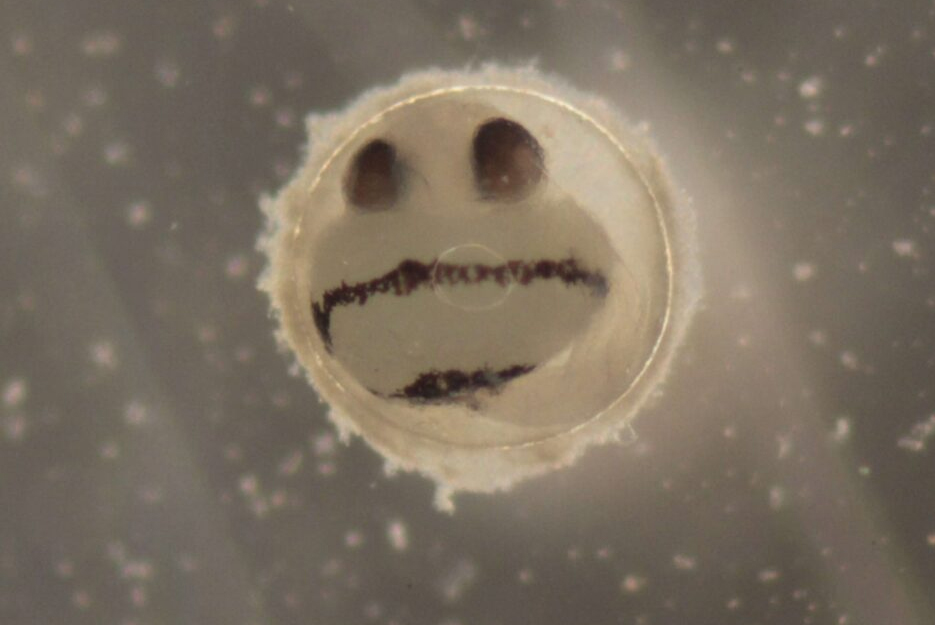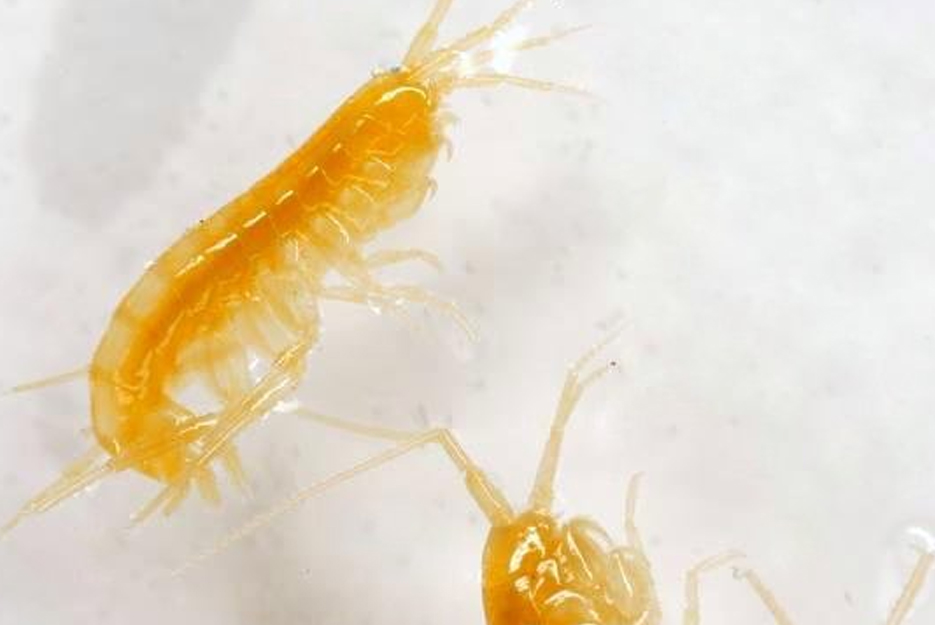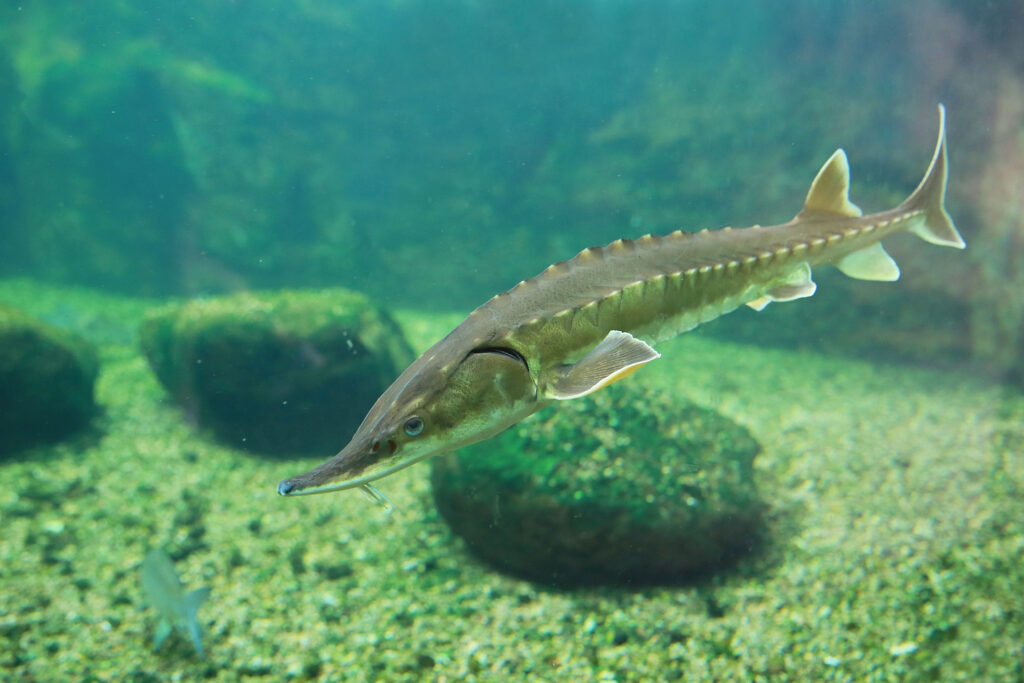Beginning in 2010, the Walla Walla District of the US Army Corps of Engineers (USACE) engaged in a cooperative effort with Voith Hydro to redesign the hydropower turbines at Ice Harbor Dam on the Snake River. The specific goal of this redesign effort was to improve downstream passage of migratory fish by creating a safer turbine environment. Two turbine runner types were designed: a fixed blade runner and an adjustable Kaplan runner (see below). Additionally, other turbine passageway components (stay vanes, wicket gates, and draft tubes) were modified to minimize the risk of injury to fish as they pass downstream.
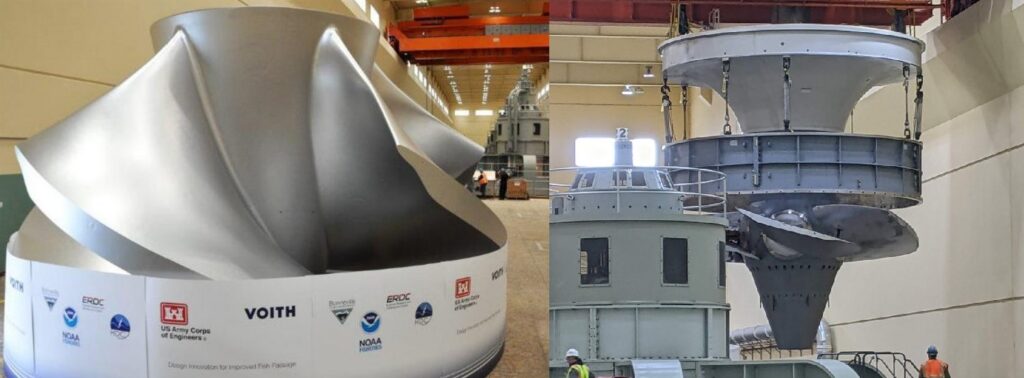
To test whether the retrofitted turbines would be safer for fish passage, Normandeau and the Pacific Northwest National Laboratory (PNNL) performed biotesting of the fixed blade unit in 2019 and the Kaplan unit in 2023. Normandeau’s role in the biotesting research was to use their HI-Z Turbin’ Tag technology to directly assess the effects of turbine passage using live fish. This testing uses balloon tags that allow recapture of fish after they are directly released through the turbine units. The vital status of recaptured fish can be assessed immediately after turbine passage along with a detailed assessment of injuries. These studies were designed to evaluate fish passage condition and survival across a range of turbine operating conditions. Normandeau determined that the survival rates of juvenile Chinook Salmon (Oncorhynchus tshawytscha) that passed through the fixed-blade and Kaplan turbines were 98.25% and 96.9%, respectively. Less than 1.5% were injured after passage through the fixed-blade unit, and 2.7% were injured during passage through the Kaplan unit. PNNL used sensor fish to analyze the physical and hydraulic effects of turbine passage.
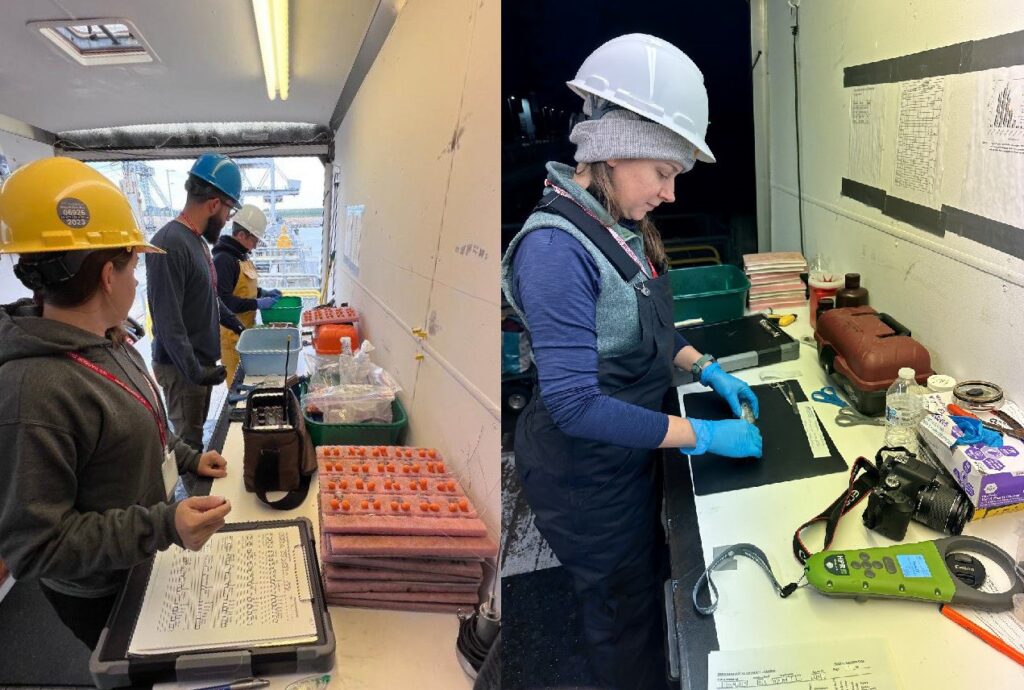
This research is ongoing to compare the safety of the new turbines to the original Ice Harbor turbines tested by Normandeau in 2007. The average survival rate for juvenile Chinook Salmon for the original turbines was 96.1% with a 3.6% injury rate, so the new turbines are safer for fish passage and resulted in up to a 60% reduction in injuries. Additionally, study results inform future designs and optimize operations for future turbine replacements. This is an important effort by the USACE to protect Snake River Basin salmon and steelhead by improving their ability to safely complete their life cycles.
